Businesses Strike To Protest Heavy Charges Against Iran Protesters
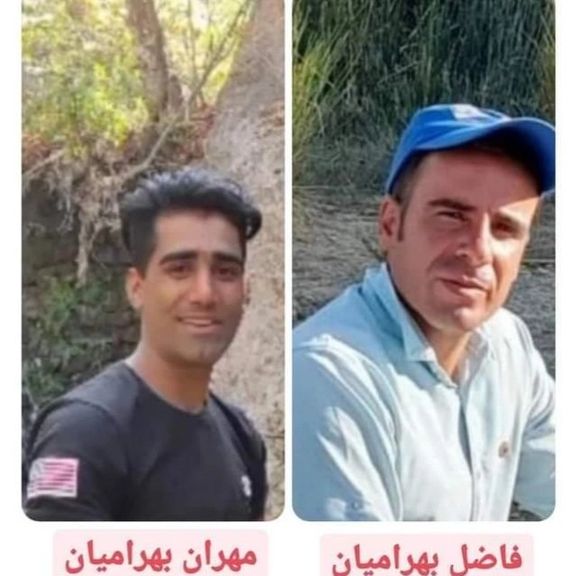
Businesses in Semirom city in Esfahan Province have gone on strike in protest to heavy charges against two local political prisoners.

Businesses in Semirom city in Esfahan Province have gone on strike in protest to heavy charges against two local political prisoners.
Regime security and intelligence forces have framed Fazel and Mehran Bahramian for the murder of an IRGC Basij militia gunman during anti-government protests in the city last December.
The two were arrested in January after the government killed their brother Morad in November. Their detention was apparently aimed to silencing the family. Now they are being accused of killing the Basij member, Mohsen Rezaei, and face charges that could result in the death penalty.
The streets of Semirom witnessed a surge of protests on December 31. Security and military forces were heavily deployed throughout the city at the time. The paramilitary Basij force member, Mohsen Rezaei, allegedly died in clashes.
Hundreds of special police forces were deployed to Samirom starting January 1.
Several people, including Abbasi's sister and Bahramian's two brothers, were arrested during raids on the victims' families.
A source told IranWire that Fazel and Mehran Bahramian, a relative named Younes Bahramian, and another man named Dariush Saadi were tortured to extract confessions on the alleged murder of the Basij militiaman.
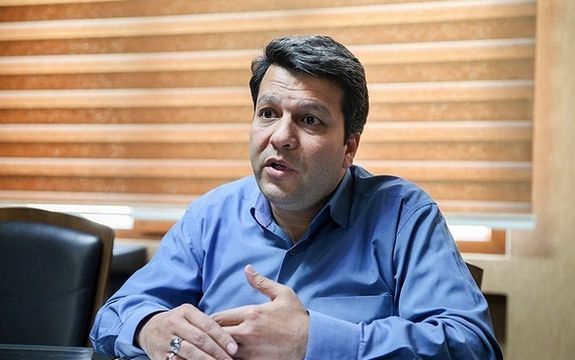
Iran has banned protesting filmmakers from working after participating in the Cannes Film Festival without obtaining a permit.
Mohammad Khazaee, the head of the Iranian Cinema Organization, said these filmmakers will be prevented from operating in Iran, without referring to the fact many industry members had been part of protests and spoken out against regime oppression.
“They cannot be an opposition figure and work in the Iranian cinema,” stated Khazaee in a ceremony Monday evening. Over the months since the protests figures in the entertainment and sports industry have been punished with the likes of bank account freezes and salary cuts.
"Our duty is to protect the cinema and create job security. The fact that an underground film is produced and released in the market without complying with Sharia issues will put job security at risk."
It is believed he was referring to a feature called "Me, Maryam, the Children and 26 Others" directed by Farshad Hashemi, which was screened by the Iranian Independent Filmmakers' Association on Sunday, at the Cannes Film Festival.
The feature was made in Iran without following the censorship laws of the Islamic Republic, including the mandatory hijab for the actresses.
Last year, after the collapse of the Metropol building claimed scores of lives in Abadan, around 170 people in the film industry signed an open letter expressing solidarity with local protesters and asking security forces to “put down your guns”.
In recent months, a large number of filmmakers and cinema stars have expressed solidarity with anti-government protests, ignited by the death of 22-year-old woman Mahsa Amini in custody of the country’s hijab.
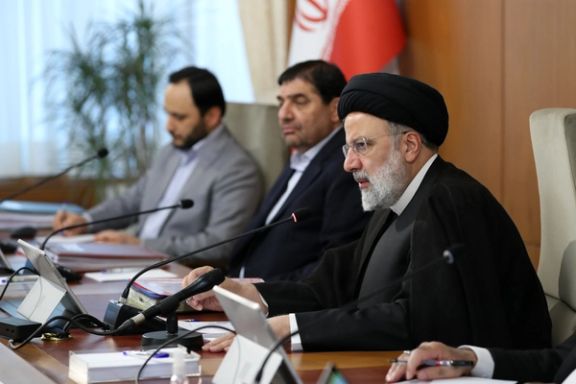
A hacktivist group has broken into servers of the Iranian president’s office and leaked troves of sensitive data, proving corruption, conflicts and an ongoing nuclear expansion.
The hacktivist group ‘Uprising till Overthrow' claimed Monday that it breached 120 servers of the presidential office, getting access to internal communications, meetings minutes, President Ebrahims Raisi’s online conference platforms and about 1,300 computers inside the office.
In one of the documents, the security chief of Fordow nuclear plant -- an Iranian underground uranium enrichment facility located 20 miles (32 km) northeast of the Iranian city of Qom – had asked for about 150 hectares of public land to be given to the nuclear facility to increase its security buffer zone as work continues on Iran's nuclear capabilities.
Earlier in May, the group, affiliated with the Albania-based opposition Mojahedin-e-Khalq (MEK) group -- People's Mojahedin Organization of Iran, hacked into the Islamic Republic’s foreign ministry servers, disabling 210 sites and online services and leaking another large batch of documents.
In the new cyberattack, the group is said to have gained access to “tens of thousands confidential documents” but has so far released only a fraction of them. The number of the published documents is still so large that analyzing them will take days if not weeks.

The group also claimed that their access to the internal systems of the president’s office was so unbounded that they sent e-mails to the office’s recipients address list with photos of the leaders of MEK and photos of Iran’s Supreme Leader Ali Khamenei and President Raisi with red crosses over them as well as slogans of “Death to Khamenei” and “Hail to Rajavi”, the current leader of the opposition group.
The president’s office immediately reacted, denying that “the official website of the president” was down due to any attack. However, the regime cannot win this on a technicality as the group had not claimed to hack the frontage of the site but the internal servers.
Among the released documents, there is correspondence between the president’s office and the office of the secretary of Iran’s Supreme National Security Council (SNSC) under besmirched chief Ali Shamkhani, confirming rumors that the regime's top security chief was forced out after the President said he had failed to do enough to quash riots, in spite of causing the death of 750 civilians and arresting 30,000 more.
In the letter addressed to Shamkhani, the chief of staff of the president, Gholam-Hossein Esmaili, criticized the security chief for a lack of insight into the wave of protests that engulfed Iran following the death in custody of 22-year-old Mahsa Amini. With a condescending tone, Esmaili rebuked Shamkhani’s office for “inconsistencies, deficiencies, and defects of the country's intelligence systems”. The letter tells the shamed security chief the regime “expected more.”
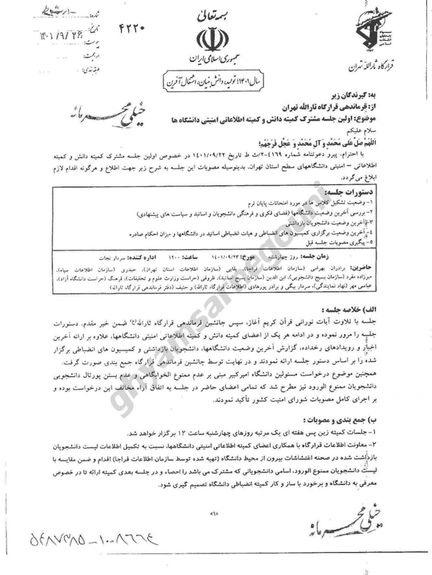
There are numerous other documents that showed how the president’s office is trying to keep the government afloat in the face of bouts of incessant rallies without any practical strategy and tactic. Several of such documents pertained to sessions held to find ways to quell the protests inside Iranian universities.
A large number of the leaked documents provide evidence of the administration’s financial exploitation in cooperation with different organizations. One such example is a letter that shows the country’s armed forces sold 400 million euros to the central bank, while another document shows that the armed forces also sell foreign currency gained from export of oil in the black market.
In the letter addressed to the head of the General Staff of the Armed Forces, the head of the Central Bank of Iran, Mohammad-Reza Farzin, said the armed forces must supply the currency obtained from the sale of oil to the central bank, instead of selling the foreign currency to the cash-strapped bank. In March, Iran’s parliament approved legislation according to which the General Staff of the Armed Forces is allowed to export three billion euros worth of crude oil and oil products through small private refineries.
The ongoing brutal surveillance operations were exposed in another document, in which the commander-in-chief of the Revolutionary Guards asked Vice President Mohammad Mokhber to provide the financial means to revamp the surveillance cameras of the capital’s subway stations so that they can be used to quash the protests. In the letter, Hossein Salami said the CCTV cameras and the subway monitoring system in Tehran are old, leading to their limited functionality in the crackdown of the popular protests. The amount needed for new cameras is said to be over $32,000 for each station. Tehran has about 150 subway stations, which means spending nearly $5 million towards a security state.
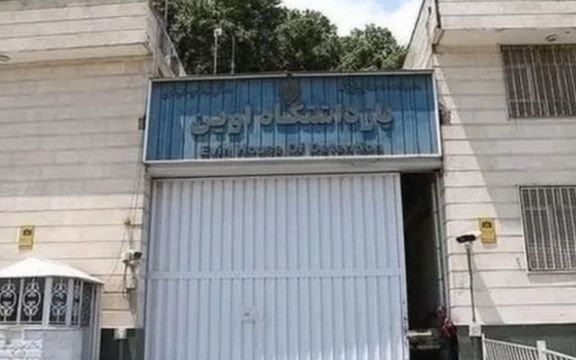
Three female political detainees in the notorious Evin prison, were sentenced to five to 10 years while they did not have access to a lawyer during their trial.
Based on the ruling, Zainab Hamrang, 50, and Soudabeh Fakharzadeh, 65, were sentenced to five years in prison on charges of assembly and collusion against the government; and Shiva Esmaili, 58, was sentenced to 10 years on the same charge.
The three women were arrested by the security forces in Tehran on March 11 for protesting to harsh government policies and then were transferred to the women's ward of Evin prison.
Since their arrest, they did not have access to a lawyer and were tried on May 14.
They were kept in solitary confinement by the intelligence ministry and then were transferred to the public ward.
Hamrang suffers from high blood pressure, chronic headaches and depression. She is a retired teacher from Moghan in Ardabil province. She had previously been imprisoned for two years in Evin prison on another charge.
Mehdi Wafa, son of Shiva Esmaili, is also serving his six years term in Evin prison.
In recent months, following the "Women, Life, Freedom" movement, the regime has mounted pressure on protesting and imprisoned women.
On Sunday, Sepideh Rashno, an Iranian woman who refused to wear a headscarf and whose video of a quarrel with a hijab enforcer went viral last year, announced on Twitter that the government has filed a new case against her, and she must appear at the Evin courthouse in the next five days.
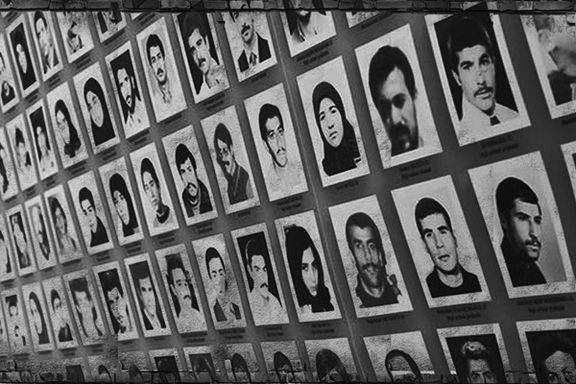
The former director of the notorious Evin prison in Tehran has accused President Ebrahim Raisi of having a direct role in executing political prisoners under the founder of Islamic Republic, Ruhollah Khomeini.
Hossein Mortazavi Zanjani said in a virtual meeting on Clubhouse that Raisi, who was the deputy prosecutor of Tehran, told him: "We went and got an order from Ayatollah Khomeini to execute the prisoners."
This is the first revelation by a former judiciary official about the direct involvement of the Iranian president in the killing of political prisoners in the 1980s.
The executions during the 1980s were carried out based on a fatwa by Iran's then supreme leader, Ruhollah Khomeini, against the MEK (The People's Mojahedin Organization of Iran) which carried out a wave of bombings in Iran and struck an alliance with Saddam Hussein during the 1980-88 war.
“Showing mercy to those who take up arms against the Islamic government is being naïve,” Khomeini said in his fatwa.
Most victims were linked to the MEK but there were also others with links to leftist and secular groups such as Fadaiyan Khalq Organization (FKO) and the Tudeh Party as well as some Kurdish groups such as Komala and the Kurdish Democratic Party of Iran.
The exact number of prisoners executed during the purge of prisoners is not known but according to Amnesty International, the Iranian authorities "forcibly disappeared" and "extrajudicially executed" around 5,000 between July and September 1988.
The former director of Evin prison, which has held some of the country’s most high profile cases and is famed for its brutalities to inmates, added that he witnessed the bodies of the executed prisoners thrown into trucks and taken from the prison.
Mortazavi claimed he resigned to what was known as ‘the death board’, the group of decision-makers deciding whether prisoners lived or died. He claims his resignation was met with a death threat by the deputy intelligence minister.
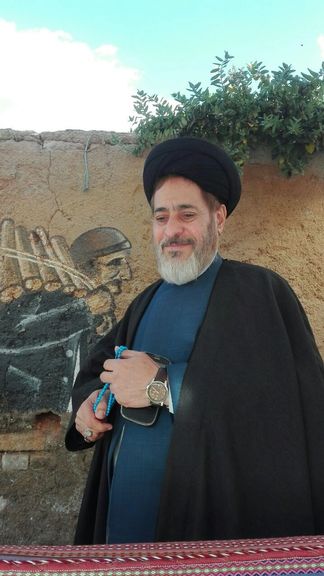
“Although I did not have a direct role in the execution of prisoners, I feel guilty because of my silence about the executions, and even if I repent, I will not be cleansed,” he said.
After his victory in the presidential election in 2021, in response to an Al-Jazeera reporter’s question, Ebrahim Raisi said he has been a "human rights defender" since the beginning of his tenure in the judicial system and "should be commended " for his actions.
Mortazavi further stated that female prisoners still virgins were forcibly married to jailers before the execution. According to the narrative of political prisoners, the clerics of the Islamic Republic believed if the virgin girls were executed, they would go to heaven, and for this reason, they raped them in the form of forced marriage so that they would not die virgins.
”The father of one of the executed virgin girls told me that after the execution of his daughter, the agents gave him money saying the money is for his daughter's marriage endowment."
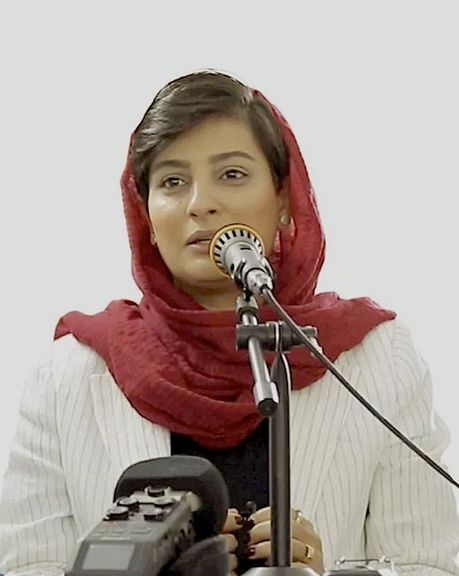
The Iranian journalist who covered the death in custody of the icon of anti-regime protests, Mahsa Amini, went on trial on Monday behind closed doors.
The funeral of the 22-year-old Kurd was covered by Elaheh Mohammadi in the Kurdish city of Saqqez, where protests began in September.
Amini died while in the custody of Iran's morality police for allegedly violating the Islamic dress code, which unleashed a wave of protests across the country for months.
"The trial of Elaheh Mohammadi went well. The date of the next session will be announced by the court," her lawyer, Shahabeddin Mirlohi, told ILNA news agency on Monday.
As a result of their coverage of Amini's death, Mohammadi, a reporter for the pro-reform Hammihan newspaper, and Niloufar Hamedi, a journalist for the Sharq newspaper, have been accused of colluding with hostile powers. Under Islamic law, this charge carries the death penalty.
On Monday, Hammihan daily claimed legal procedures were being broken, calling the court's decision illogical.
In October, Iran's intelligence ministry and the IRGC accused Mohammadi and Hamedi of being CIA agents.
At a Tehran hospital where Amini was in a coma, Hamedi took a photograph of her parents hugging each other. Hamedi posted the image on Twitter as the first sign that all was not well with Amini in a chilling warning to her imminent death.
Hamedi's trial is scheduled to start on Tuesday.
Human rights groups have repeatedly called for a public trial for the two journalists, but the Islamic Republic has ignored them.
Tweet unavailable